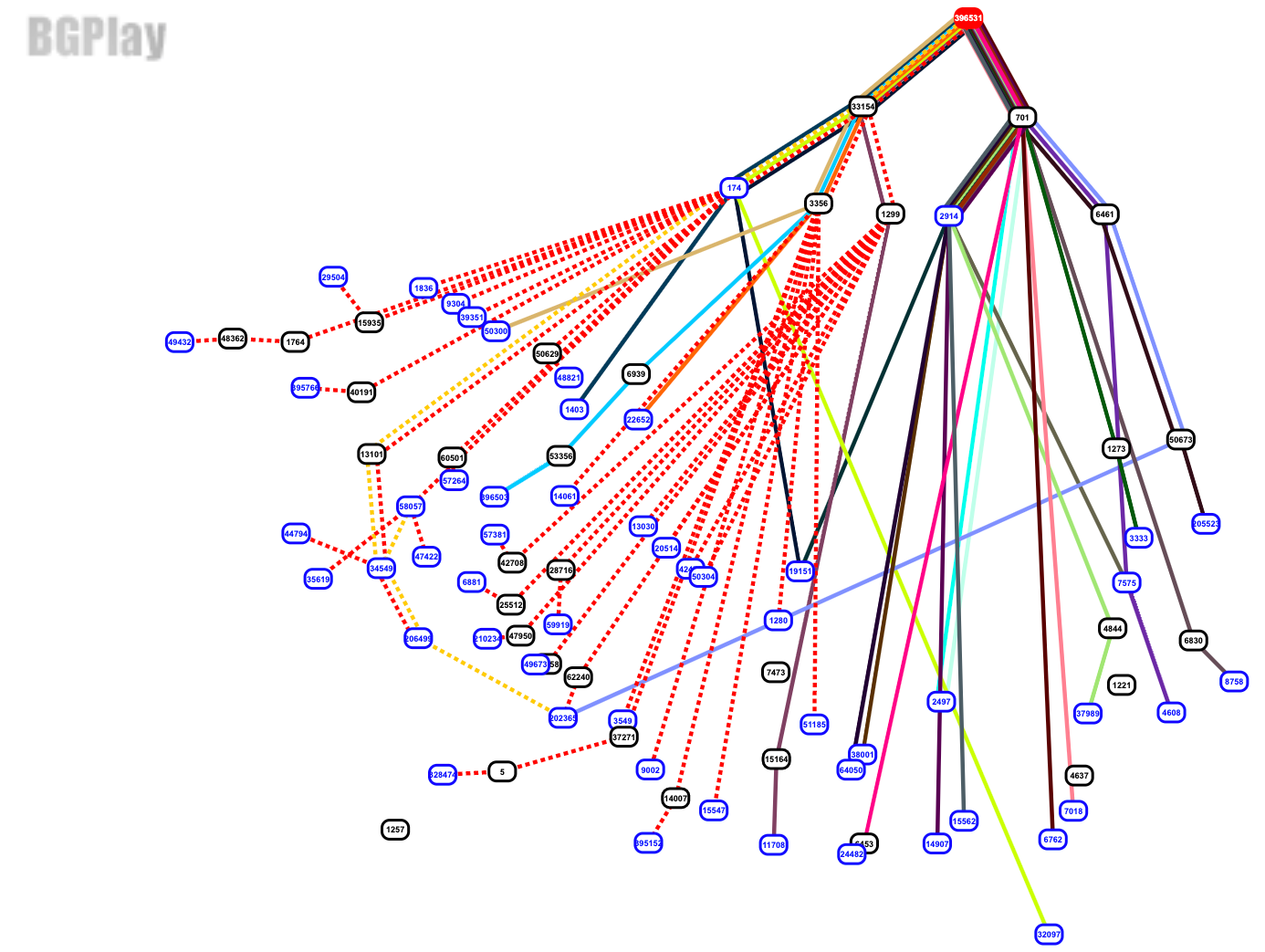The deep-dive into how Verizon and a BGP Optimizer Knocked Large Parts of the Internet Offline Monday
A recap on what happened Monday

On Monday we wrote about a painful Internet wide route leak. We wrote that this should never have happened because Verizon should never have forwarded those routes to the rest of the Internet. That blog entry came out around 19:58 UTC, just over seven hours after the route leak finished (which will we see below was around 12:39 UTC). Today we will dive into the archived routing data and analyze it. The format of the code below is meant to use simple shell commands so that any reader can follow along and, more importantly, do their own investigations on the routing tables.
This was a very public BGP route leak event. It was both reported online via many news outlets and the event’s BGP data was reported via social media as it was happening. Andree Toonk tweeted a quick list of 2,400 ASNs that were affected.
Quick dumps through the data, showing about 2400 ASns (networks) affected. Cloudflare being hit the hardest. Top 20 of affected ASns below pic.twitter.com/9J7uvyasw2
— Andree Toonk (@atoonk) June 24, 2019
Using RIPE NCC archived data
The RIPE NCC operates a very useful archive of BGP routing. Continue reading
